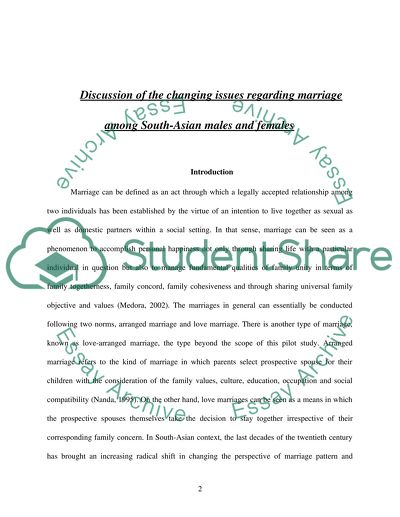Cite this document
(“The views of young South- Asian males and females have changed around Essay”, n.d.)
The views of young South- Asian males and females have changed around Essay. Retrieved from https://studentshare.org/miscellaneous/1540540-the-views-of-young-south-asian-males-and-females-have-changed-around-the-issue-of-marriage
The views of young South- Asian males and females have changed around Essay. Retrieved from https://studentshare.org/miscellaneous/1540540-the-views-of-young-south-asian-males-and-females-have-changed-around-the-issue-of-marriage
(The Views of Young South- Asian Males and Females Have Changed Around Essay)
The Views of Young South- Asian Males and Females Have Changed Around Essay. https://studentshare.org/miscellaneous/1540540-the-views-of-young-south-asian-males-and-females-have-changed-around-the-issue-of-marriage.
The Views of Young South- Asian Males and Females Have Changed Around Essay. https://studentshare.org/miscellaneous/1540540-the-views-of-young-south-asian-males-and-females-have-changed-around-the-issue-of-marriage.
“The Views of Young South- Asian Males and Females Have Changed Around Essay”, n.d. https://studentshare.org/miscellaneous/1540540-the-views-of-young-south-asian-males-and-females-have-changed-around-the-issue-of-marriage.


